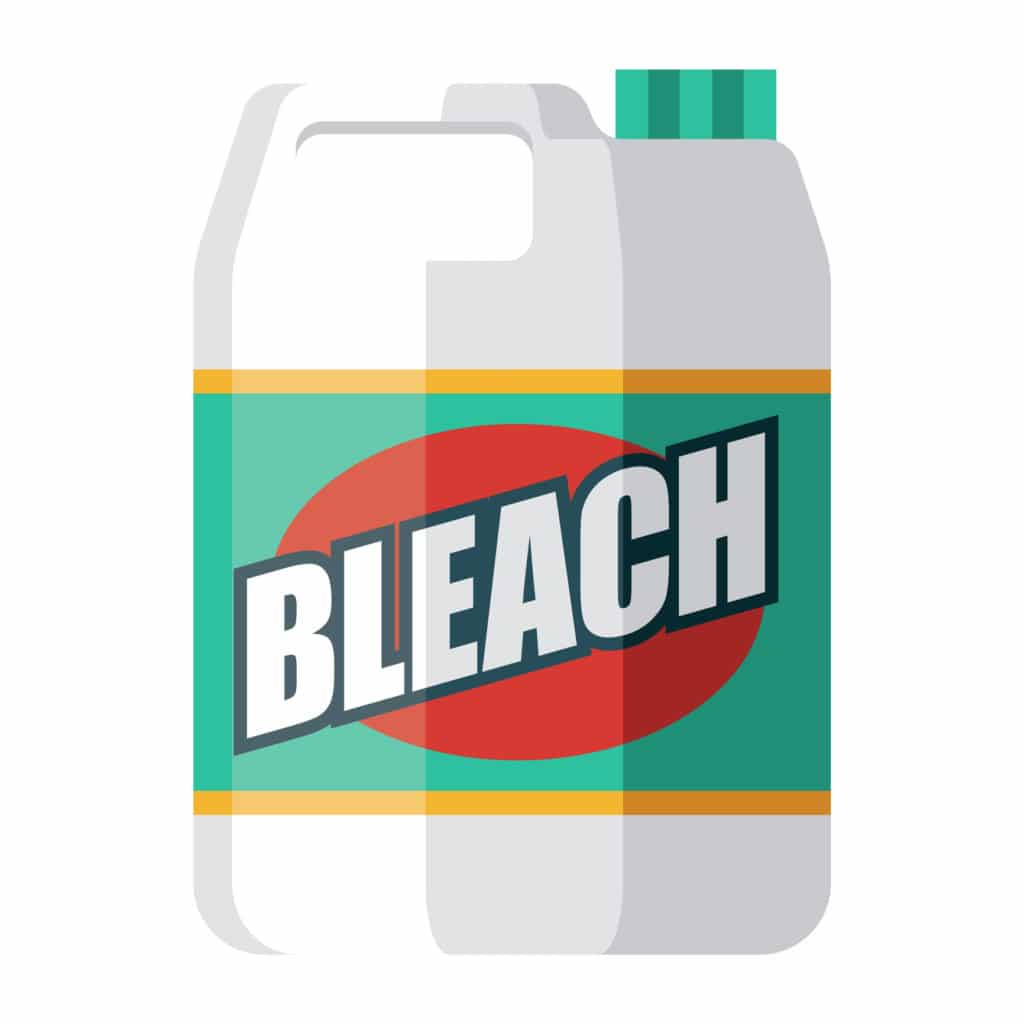Do you wonder how you should properly disinfect your well water? What is the best way to do this? Should you just pour that bottle of laundry bleach into your well and call it done?
If you’re searching online for the best way to disinfect your well, you may find advice like this: Take household bleach and pour it directly into the well. Let it sit for an hour and then start running the water in the house for hours. Then, if you smell bleach, keep running water until you don’t smell bleach anymore.
This method of disinfecting may not even kill the microorganisms in your well and can create some problems that you don’t want. We’ll explain so you know how to disinfect that well the right way.
Why Household Bleach Is the Wrong Disinfectant
Let’s look at the problems that can result from disinfecting with bleach:
- Household bleach is heavier than water. This means it will quickly drop to the bottom of your well. The bacteria you want to treat spend their lives near the top of your well. They are less able to survive at the bottom of the well because of the greater pressure at those depths. Your bleach may simply pass the bacteria without killing them and then pool at the bottom.
- Because of this greater weight, bleach can become trapped in different parts of your well and water delivery system meaning that you really can’t flush it out fully just by running your taps.
- Chlorine bleach breaks down relatively quickly, being affected by temperature, exposure to light and even vibration! That bottle of household bleach you’ve had sitting in the laundry room for a year may now be ineffective in disinfecting anything.
- There’s also the caustic quality of household bleach. Get it on your clothes and it will bleach out any color. Get it on your skin and it can create burns. And you don’t want your children around when you’re moving this substance or pouring it in the well.
- Household bleach is made from sodium hypochlorite. When sodium hypochlorite interacts with organic contaminants in well water, this process produces substances called trihalomethanes which are carcinogenic (cancer-causing). Organic contaminants that might be found in a household well include toluene, benzene, polychlorinated biphenyls and other industrial chemicals that frequently make their way into our water supplies. You don’t need to attempt to eliminate bacteria and end up creating a new, toxic chemical.
The Right Way to Disinfect Well Water
If chlorine bleach down the well isn’t the right option, what should you do to disinfect your well? We recommend a multi-step approach that is more thorough, much less toxic and will provide you with greater certainty about the purity of your water. Here are the steps you should follow.
Step 1: Before you start, test your well water using a testing kit from a reputable lab. We recommend a kit which tests for a full spectrum of bacterial and fungal contaminants.
Step 2: If there are undesirable microorganisms in your water, use the proper disinfection agent designed specifically for household wells. Ensure you purchase this product from a reputable company. Our disinfecting agent, for example, utilizes the much less toxic calcium hypochlorite. It comes in powder form so that it doesn’t immediately sink to the bottom of the well. It moves slowly to the bottom, giving it time to disinfect organisms living at the top of the well.
Step 3: Retest your water ten days later to verify the purity and safety of your water.
ETR Labs provides fast results for tests of bacteria, metals, minerals and many other contaminants. You can order water tests or get a well disinfection kit complete with a prepaid followup water test at ETR Labs Bacteria Removal or call at (800) 344-9977.

